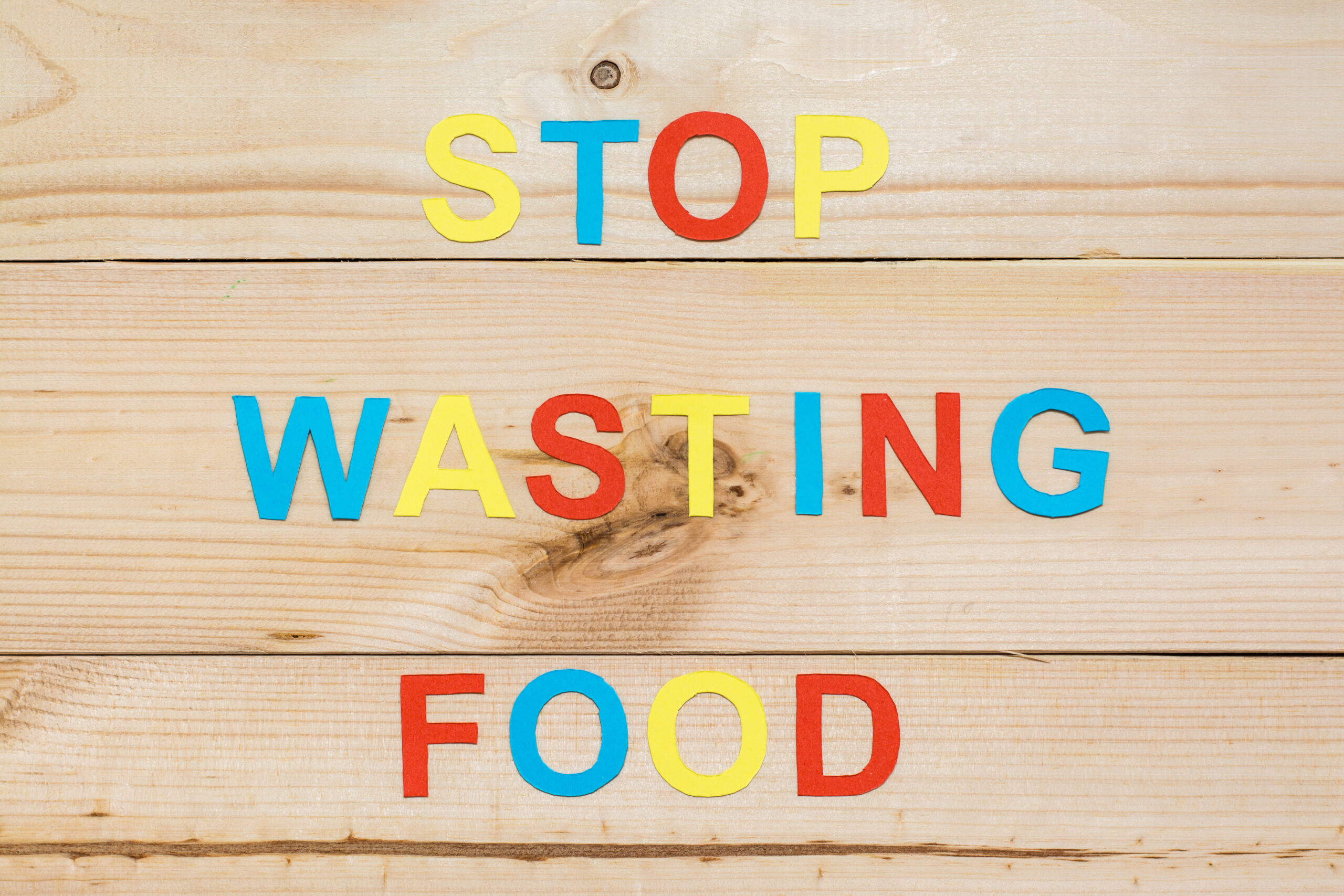A Whole Foods’ grocery store in Bridgewater, N.J. is taking freshness to a new level with an indoor mushroom farm in their produce section. The glowing mushroom farm display is the creation of Brooklyn, New York-based company Smallhold, which specializes in building mini produce farms.
“We think the farm will add a level of innovation and intrigue that customers will find very interesting,” Chris Manca, Whole Foods Market’s Local Program Coordinator for the Northeast region, told Supermarket News. “These mushrooms will also be the freshest possible produce that you can buy, and we know our shoppers will be excited about that.”
This is Smallhold’s first retail partnership, however, their mini farms can be seen in a few restaurants in the Brooklyn area. The company’s Bridgewater display can produce up to 120 pounds of mushrooms a week but according to Smallhold, they can build smaller farms depending on the demand. Adam De Martino, Co-founder and COO of Smallhold told Supermarket News that their smallest farm needs just four feet by two feet of square footage. In addition, the displays are visually appealing because of their UV lights that produce a purple glow.
“The growing unit is so unique and beautiful that people will inevitably be very drawn to it,” Manca said. “Our job will be to educate people about what we are doing, and we expect they will be very interested in purchasing some of the mushrooms to take home and try.”
The mushrooms displayed in Smallhold’s farms are initially grown in nearby farms and then brought to the mini farms during the last stage of their growth cycle. After the mushrooms are fully grown, a Whole Foods or Smallhold employee will bag them and place them on nearby shelves for purchase.
In addition, the mini farms are designed to measure the environment within their displays in order to ensure optimal temperature and humidity. Smallhold also collects data on which mushrooms are selling more in the store. The Whole Foods display currently grows yellow, blue and pink oyster mushrooms. The major grocery chain is also looking into having mini mushroom farm built in the produce section of another Brooklyn location later this year.
Smallhold currently only provides mushroom farms because of their high-margin and high-output, which also makes them in high demand. In addition, mushrooms are a very tricky vegetable to transport because of their temperature needs and short shelf life. By growing mushrooms in-house, retailers are able to provide the freshest possible mushrooms while eliminating the need for transport. This allows grocers to sell their mushrooms at a lower cost per pound.
“This is a direction that not just produce, but food in general is moving,” DeMartino said. “There’s definitely a renewed focus on healthy produce, there’s definitely a desire for local, but we need to make that affordable. And basically, that’s what we offer. In addition, [you get] the marketing value of having produce grown on-site.”
With freshness being one of the top consumer demands when it comes to produce, these mini farms hold a lot of potential for the grocery industry. According to DeMartino, their mini farm displays yield potential for many other applications as well.
“Our goal is to start with Whole Foods, but the applications for this, because it’s a remotely operated farm, reach beyond even groceries stores,” he said. “We see these as being useful in many applications, for instance, where people don’t have arable land. And so, the ultimate goal of Smallhold is to get the price of local produce down to an affordable price for people.”












Join or login to leave a comment
JOIN LOGIN